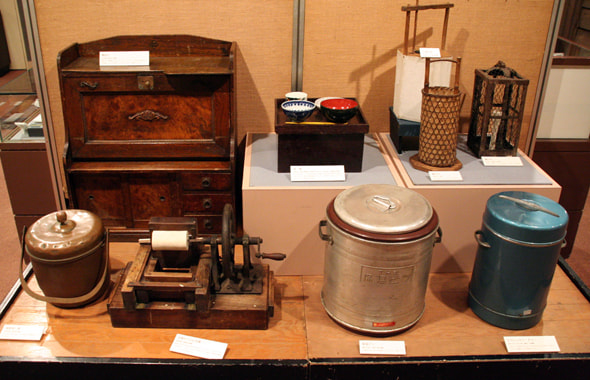
Traces of Edo can be found in a lifestyle.
Although Western customs and cultures were embraced in the Meiji Period, people still had customs of the Edo Period. There were age-old supplies, manners and customs along with the modernization process until around the Taisho Period. In the Showa Period, those yearnings for the West in the Taisho Period were turned to the embracement of American modern cultures, and dance halls, coffeehouses, movie theaters and revue halls were built one after another in Tokyo's urban areas.
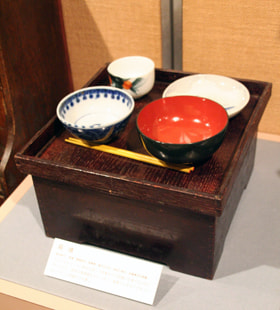
Hakozen
"Hakozen," or a tableware box with a lid used as an eating tray, was used until dining tables, such as "Chabudai," became widely used. Food utensils were stored in the box, of which lid was turned over and used as an eating tray during meals. (Meiji Period)
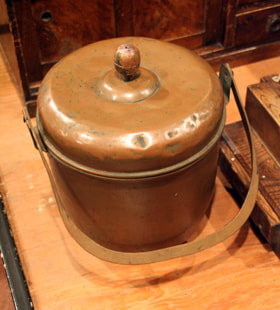
Copper steamer
In this steamer, water was boiled into steam, and steamed dishes such as "Chawan-mushi," or a cup-steamed egg custard hotchpotch, were made. (early Showa Period)
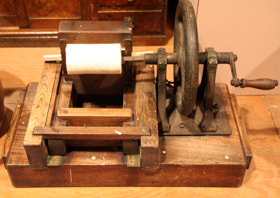
Japanese radish peeler
This peeler was used at a dining hall's kitchen in the University of Tokyo. It can be used by sticking Japanese radish and turning the crank. (early Showa Period)
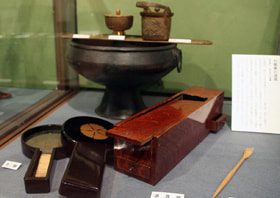
Utensils for tooth blackening
The tooth blackening was a custom that married women practiced, and was prevalent until the early Meiji Period. (Meiji Period)
The tooth blackening was a custom that married women practiced, and was prevalent until the early Meiji Period. (Meiji Period)
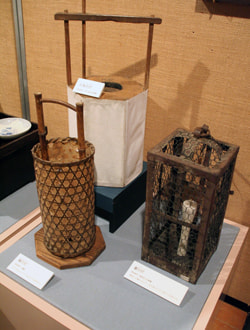
Lighting apparatus using candles or oil, including "Teshoku," or portable candlestick with a wooden frame, and "Kagoandon," or lantern with a wooden frame, were still used in daily lives of common people until the late Meiji Period when electric lamps became widely used.

Singer portable sewing machine
It is said that John Manjiro bought a sewing machine in 1860 in the United States and brought it back to Japan. The import of Singer sewing machines started in 1900. (Meiji Period)

Lighting apparatus using candles or oil, including "Teshoku," or portable candlestick with a wooden frame, and "Kagoandon," or lantern with a wooden frame, were still used in daily lives of common people until the late Meiji Period when electric lamps became widely used.
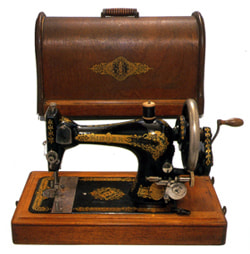
Singer portable sewing machine
It is said that John Manjiro bought a sewing machine in 1860 in the United States and brought it back to Japan. The import of Singer sewing machines started in 1900. (Meiji Period)
















